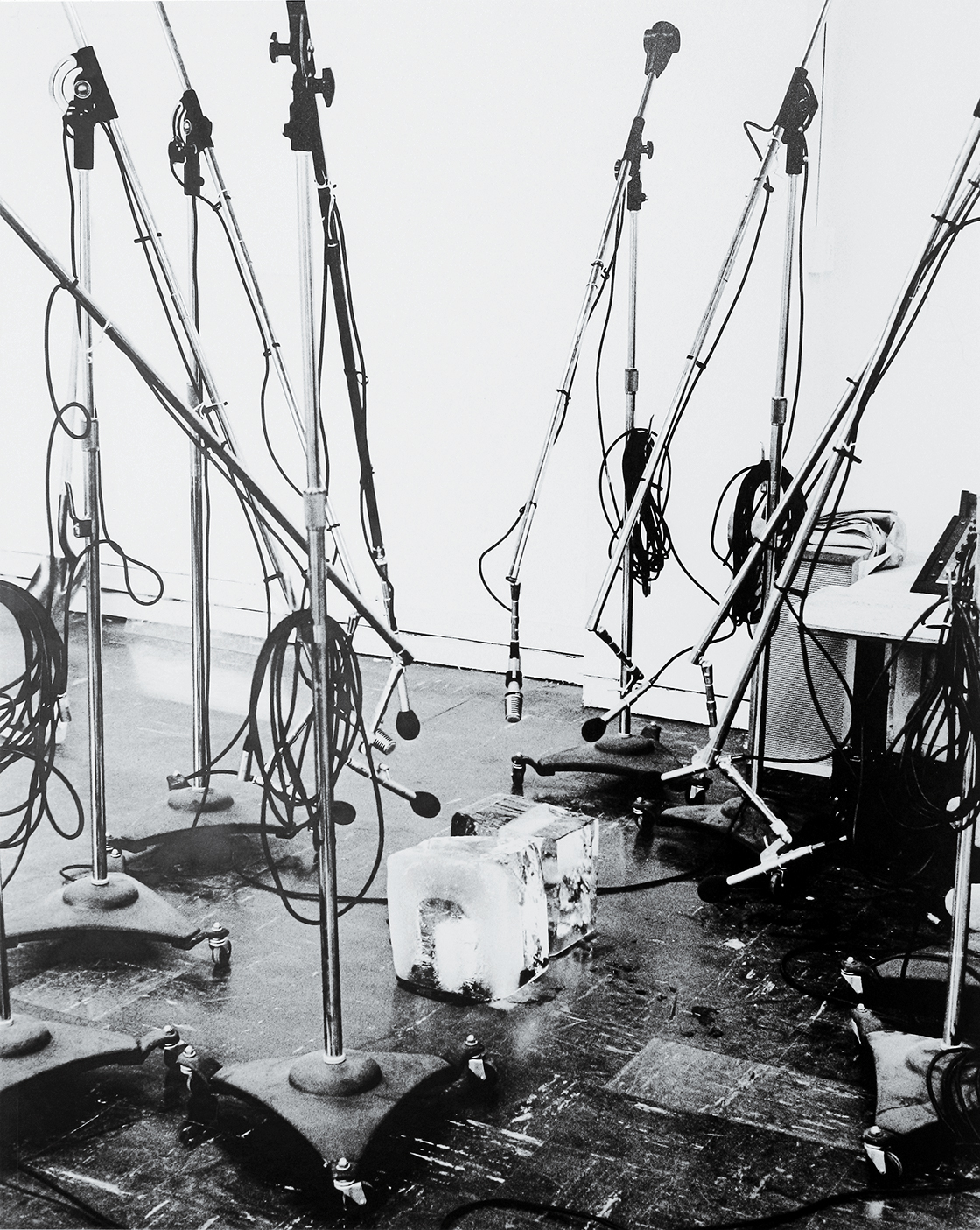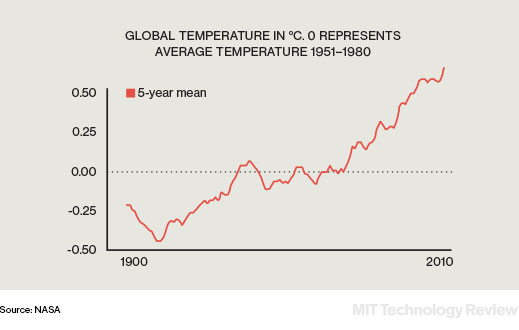What’s Next?

The pledges from countries around the world on how they intend to cut emissions of carbon dioxide and other greenhouse gases make for remarkable reading. It’s true that even if they are fully implemented, these pledges—submitted as the nations prepared for the Paris climate conference beginning in late November—will fall dangerously short of keeping the average global rise in temperature below 2 °C. Still, they signal an international consensus about the dangers of climate change, and they communicate a sense of how urgent it is to transform our energy infrastructure.
Many of the nations’ plans contain poignant descriptions of damage that is already happening. Says the document from Bangladesh: “Extreme temperatures, erratic rainfall, floods, drought, tropical cyclones, rising sea levels, tidal surges, salinity intrusion and ocean acidification are causing serious negative impacts on the lives and livelihoods of millions of people in Bangladesh, and are gradually offsetting the remarkable socio-economic development gained over the past 30 years, as well as jeopardising future economic growth.”
These fears are supported by research into the social and economic effects of climate change. But we know what needs to be done. It is essential that a price be put on carbon emissions to account for the real cost of burning fossil fuels. And we need to increase our funding both for research into new energy sources and for widespread deployment of promising technology. Meanwhile, improvements in agriculture, such as drought-resistant crops, and in other areas of technology can help us adapt to climate change.
In 2006, MIT Technology Review ran a cover story titled “It’s Not Too Late.” Now, despite a decade of inaction, it is still not too late to lessen the damage. It will be an immense and expensive undertaking to transform our energy infrastructure and help those most harmed by the changing climate. And, as climate scientist Ken Caldeira reminds us, we must also change our attitudes and stop allowing carbon waste to be dumped into the air. —The Editors

Keep Reading
Most Popular
Large language models can do jaw-dropping things. But nobody knows exactly why.
And that's a problem. Figuring it out is one of the biggest scientific puzzles of our time and a crucial step towards controlling more powerful future models.
How scientists traced a mysterious covid case back to six toilets
When wastewater surveillance turns into a hunt for a single infected individual, the ethics get tricky.
The problem with plug-in hybrids? Their drivers.
Plug-in hybrids are often sold as a transition to EVs, but new data from Europe shows we’re still underestimating the emissions they produce.
Stay connected
Get the latest updates from
MIT Technology Review
Discover special offers, top stories, upcoming events, and more.